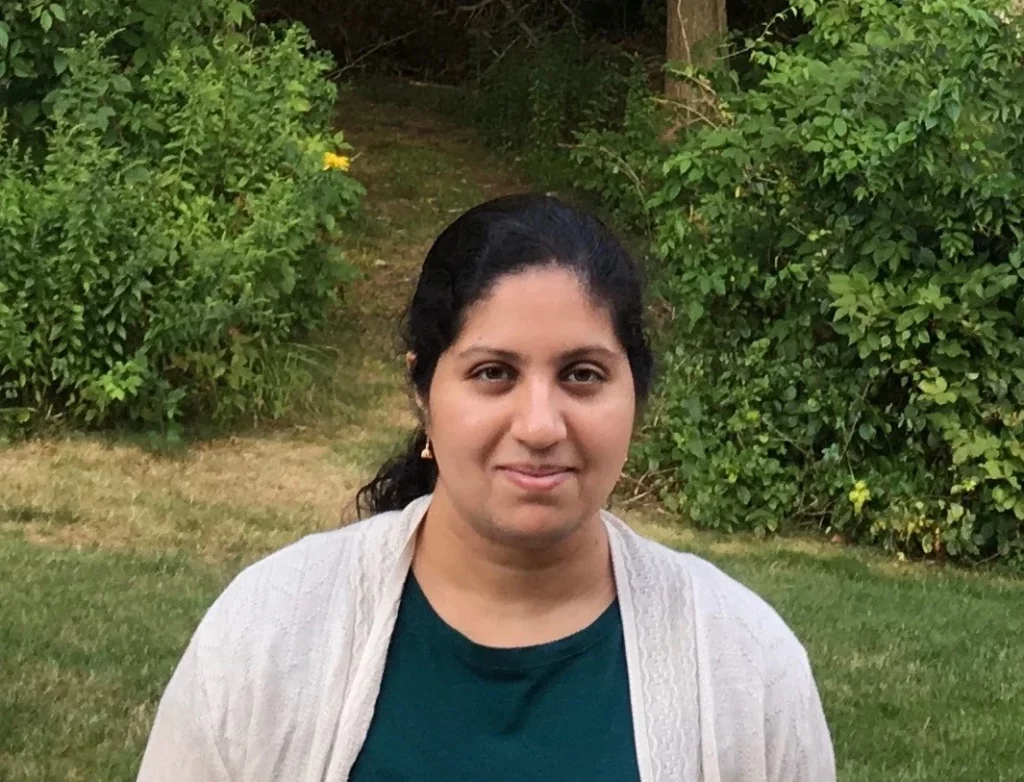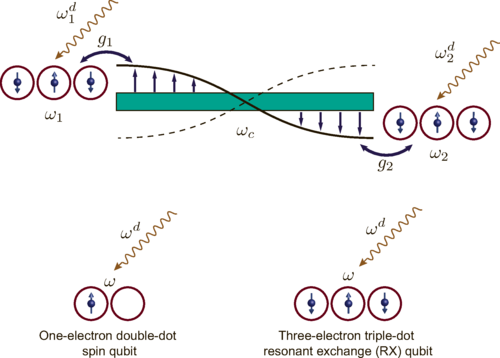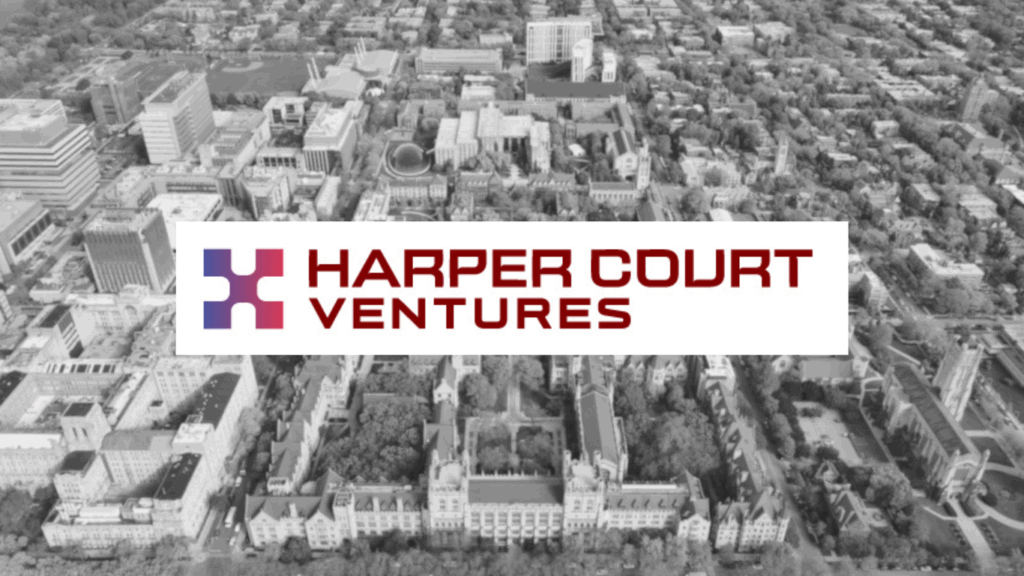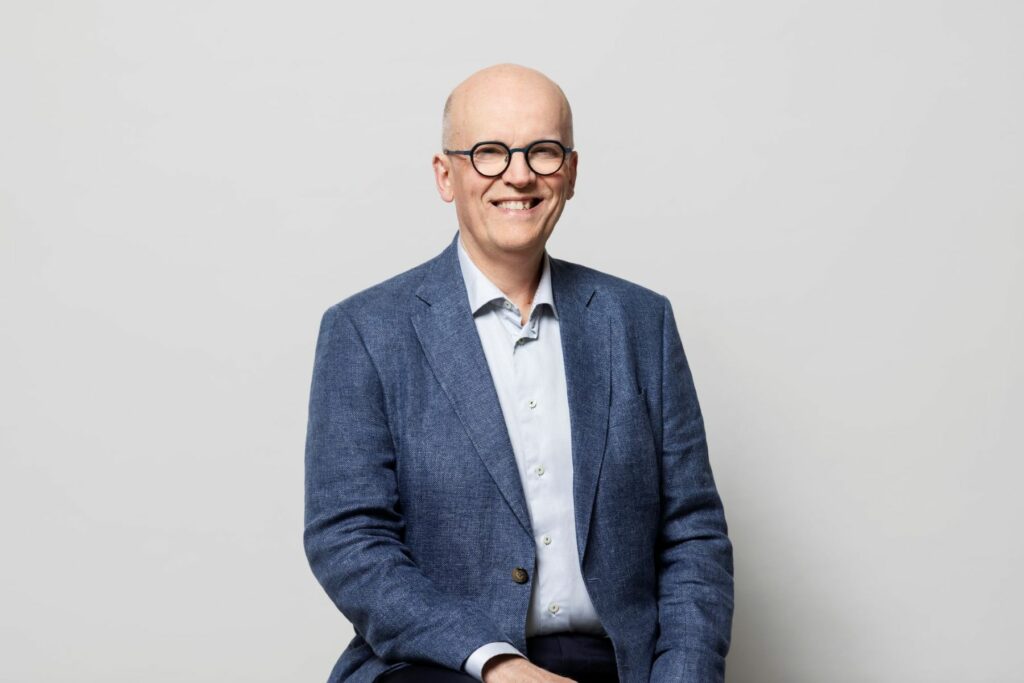Insider Brief
- New University of Rhode Island-led research introduces sideband frequencies, providing qubits with more connection options and simplifying the linking process.
- The approach allows for easier scaling of quantum processors by reducing the need for precise frequency matching.
- Ultimately, the researchers hope innovation could accelerate the development of larger and more practical quantum computers.
A new theoretical framework for scaling quantum processors could pave the way for more practical quantum computing, according to research from the University of Rhode Island (URI) and its collaborators. The study, led by URI physicist Vanita Srinivasa, outlines a modular approach that could simplify the process of linking quantum bits (qubits) over long distances, a critical challenge in the quest to build powerful quantum computers.
The research, published in the journal PRX Quantum, proposes a system that uses oscillating voltages to create additional frequencies for each qubit, enabling more flexible connections without the need to match all qubit frequencies precisely. This innovation could overcome a significant hurdle in quantum computing, where controlling and linking large numbers of qubits is notoriously difficult.
“Each qubit in a quantum computer operates at a specific frequency. Realizing the capabilities unique to a quantum computer relies on being able to control each qubit individually via a distinct frequency, as well as to link pairs of qubits by matching their frequencies,” said Srinivasa, director of URI’s Quantum Information Science program in a university release on the advance. “As a quantum processor is scaled to larger numbers of qubits, being able to simultaneously achieve both of these operations for every qubit becomes very challenging.”


The study’s modular approach could allow for the construction of quantum processors using small arrays of qubits, or modules, that can be linked together using robust, long-range entangling links. This could help pave the way to develop larger quantum systems without the need to add increasingly complex control circuitry.
“This approach to scaling is like building a larger system using fixed-size LEGO blocks, which are like individual modules, and connecting them using longer pieces that are strong enough to maintain the connection between the blocks,” Srinivasa said in the release.
Quantum processors based on semiconductor technology, which underpins modern computing chips, could particularly benefit from this approach. The researchers focused on quantum dot-based spin qubits, which interact through microwave photons in a superconducting cavity. These quantum dots confine electrons in small spaces within semiconductors, allowing for precise control.
While recent experiments have demonstrated long-distance links between quantum dot spin qubits, achieving resonance—a key requirement for linking qubits—has been a challenge. The new method offers a solution by generating sideband frequencies. This means that the researchers are effectively giving each qubit additional frequency options to connect with others. According to the researchers, this provides multiple ways to tune qubits into resonance with microwave photons, allowing for more flexible and robust entangling links. Ultimately, this flexibility simplifies the process of linking qubits, possibly making it easier to scale quantum processors without requiring precise frequency matches for every qubit.
“The combination of flexibility in matching frequencies, versatility in tailoring the types of quantum entangling operations between qubits, and reduced sensitivity to cavity photon leakage renders our proposed sideband frequency-based approach promising for realizing a modular quantum processor using semiconductor qubits,” Srinivasa said. “I am excited for the next step, which is to apply these ideas to real quantum devices in the laboratory and find out what we need to do to make the approach work in practice.”
The team also included Jacob Taylor, University of Maryland and Jason Petta, the University of California, Los Angeles.

















